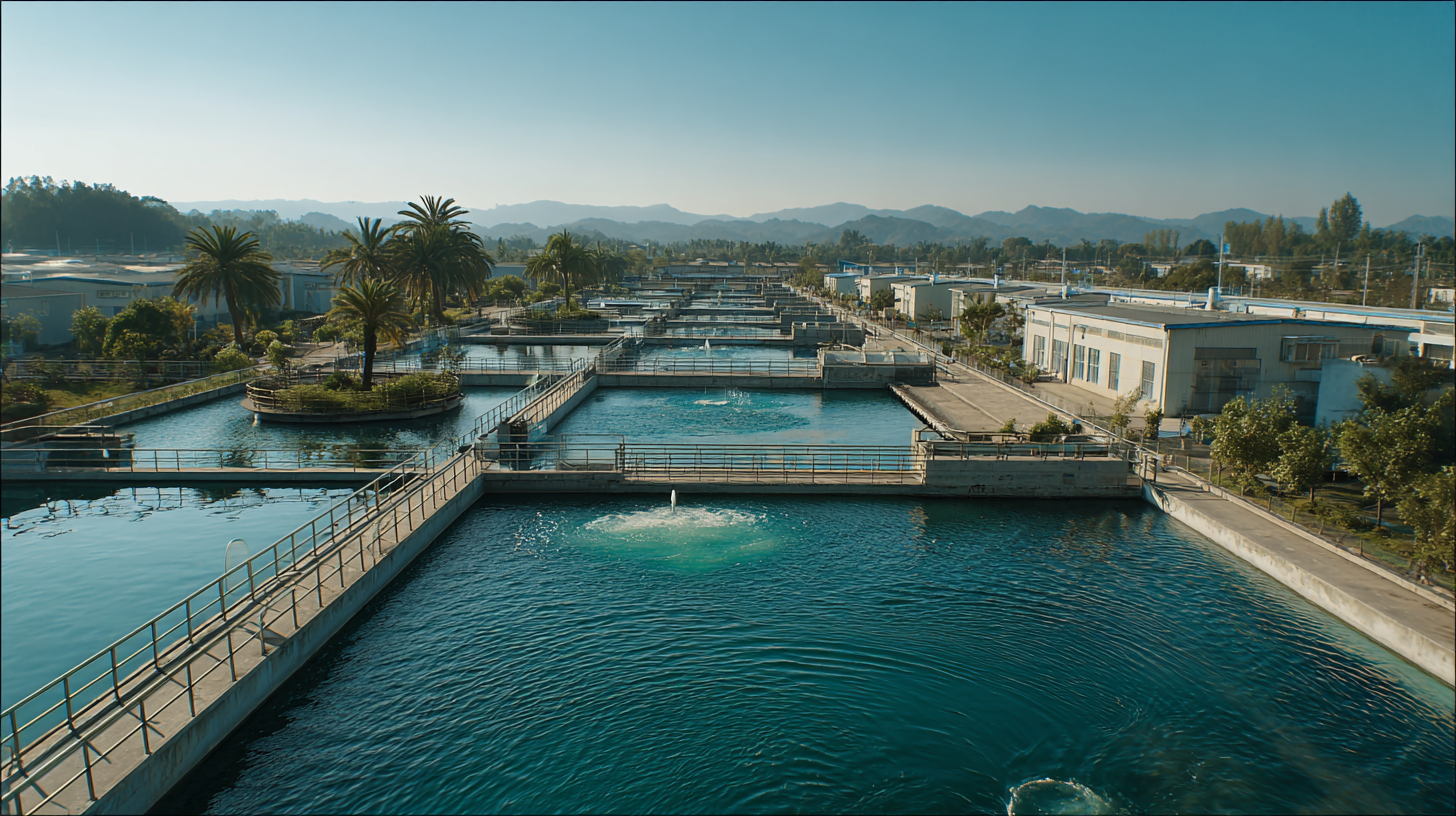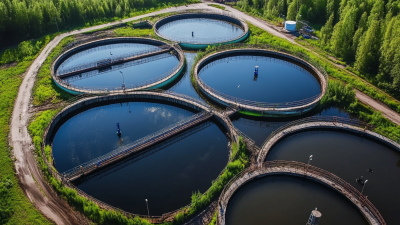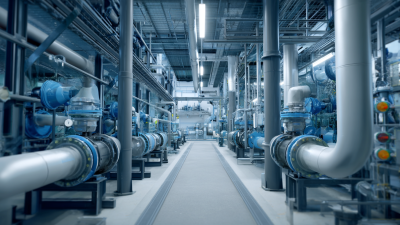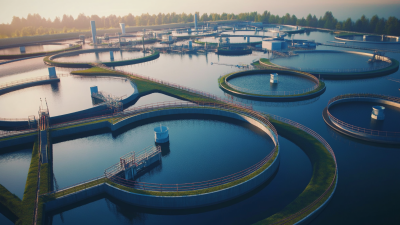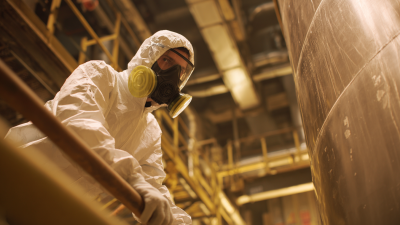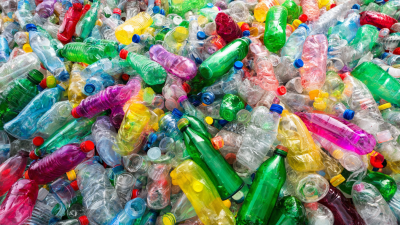The increasing global demand for freshwater, exacerbated by climate change and population growth, underscores the critical importance of optimizing water reclamation processes as a sustainable resource management strategy. According to the United Nations, by 2025, two-thirds of the world's population could face water-stressed conditions, necessitating innovative solutions to preserve this vital resource.
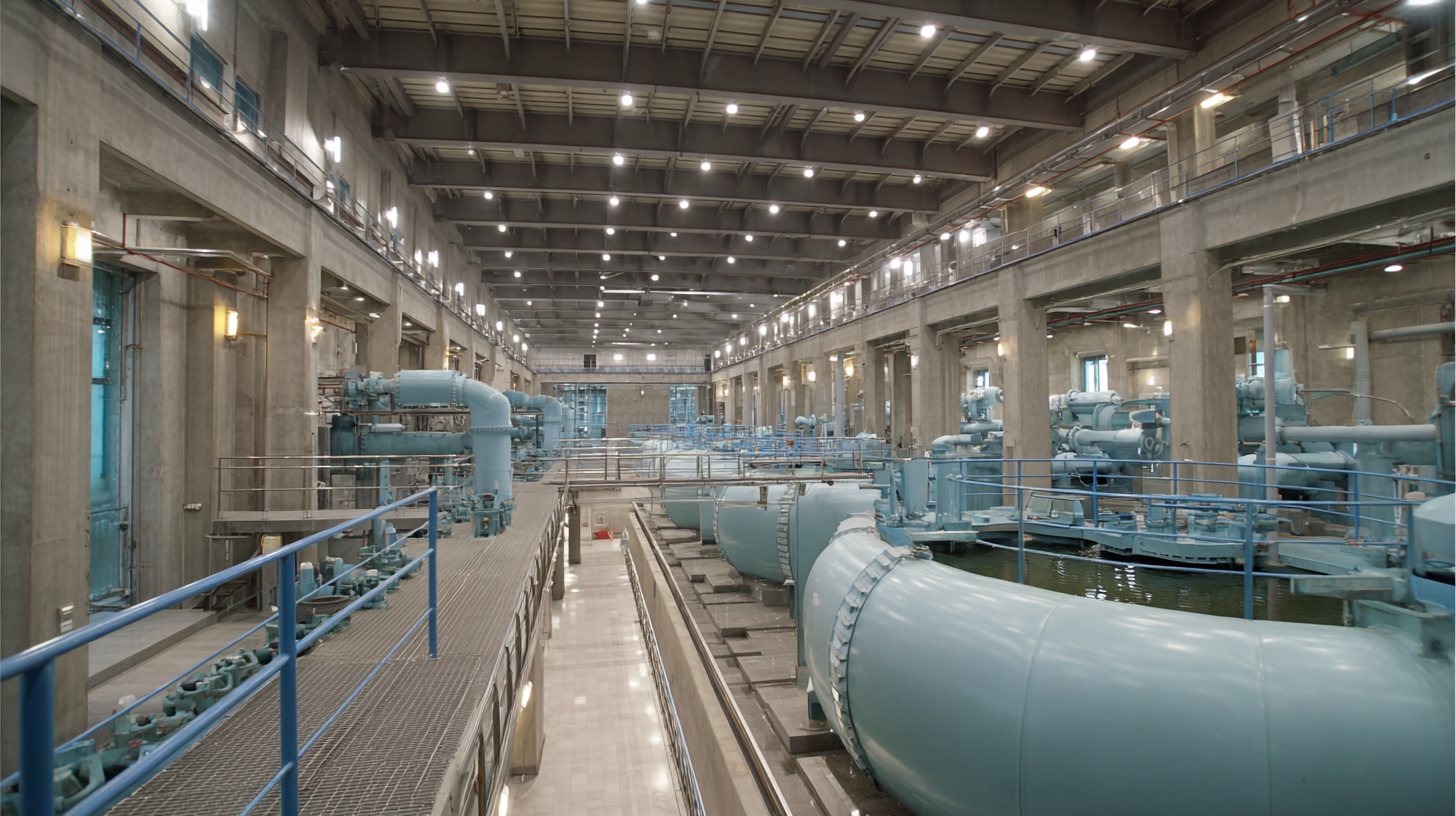
Water reclamation, which involves the treatment of wastewater for reuse, has gained traction as an effective method to mitigate water scarcity. A report by the International Water Association highlights that enhancing water reclamation techniques can lead to a substantial reduction in water demand, potentially conserving up to 50% of freshwater resources. By implementing advanced technologies and best practices in water reclamation, municipalities and industries can not only improve water quality and efficiency but also promote environmental sustainability and resilience against future water challenges.
Water reclamation plays a critical role in sustainable resource management, and identifying key technologies can significantly enhance these processes. Advanced treatment methods such as membrane bioreactors and reverse osmosis are pivotal in improving water quality by efficiently removing contaminants and allowing for the safe reuse of water. These technologies not only reduce the environmental impact of wastewater discharge but also contribute to conserving freshwater resources.
In addition to membrane technologies, biological processes like constructed wetlands and aerobic granulation systems are gaining attention for their sustainability benefits. These methods leverage natural processes to treat wastewater, often resulting in lower energy consumption and reduced chemical usage. By integrating these innovative technologies, communities can develop a holistic approach to water reclamation that prioritizes sustainability and resilience, ensuring that water resources are managed effectively for future generations.
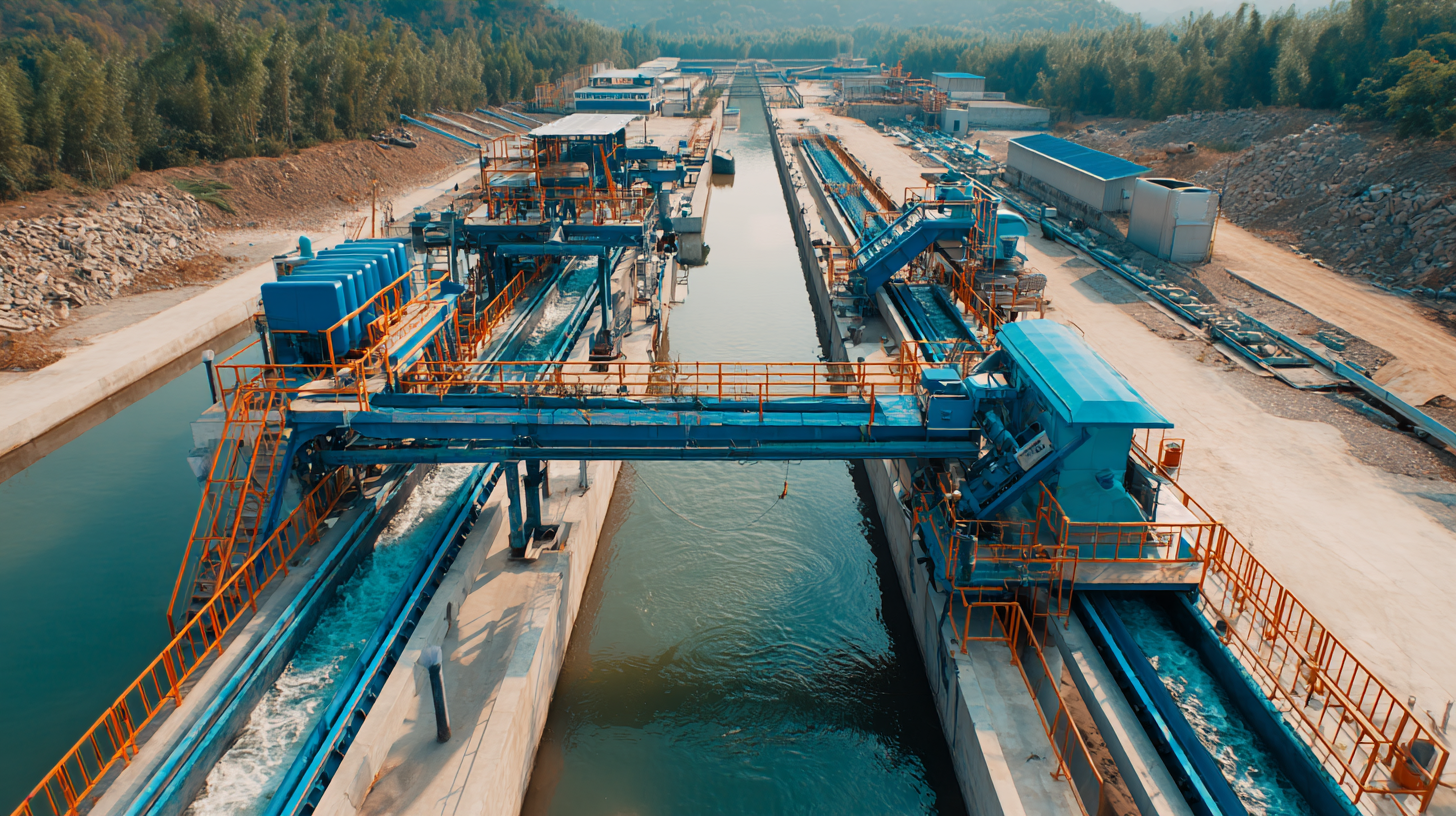 The quality of the initial water source plays a crucial role in determining the efficiency of water reclamation processes. Factors such as the concentration of contaminants, pH levels, and the presence of organic materials can significantly affect the overall effectiveness of reclamation technologies. For instance, high levels of dissolved solids or toxic substances can hinder the performance of filtration systems, necessitating more extensive pre-treatment stages that increase operational costs and energy consumption. Thus, understanding the characteristics of the source water is essential for designing efficient reclamation systems tailored to specific contaminants and desired water quality outcomes.
The quality of the initial water source plays a crucial role in determining the efficiency of water reclamation processes. Factors such as the concentration of contaminants, pH levels, and the presence of organic materials can significantly affect the overall effectiveness of reclamation technologies. For instance, high levels of dissolved solids or toxic substances can hinder the performance of filtration systems, necessitating more extensive pre-treatment stages that increase operational costs and energy consumption. Thus, understanding the characteristics of the source water is essential for designing efficient reclamation systems tailored to specific contaminants and desired water quality outcomes.
Moreover, the impact of water source quality extends beyond operational efficiency; it also influences the sustainability of resource management practices. When low-quality water is used, the reclamation process may require advanced treatments that contribute to higher greenhouse gas emissions and resource depletion. By improving the assessment of source water characteristics, policymakers and engineers can implement more targeted strategies to optimize reclamation methods, ensuring that they align with environmental sustainability goals. Ultimately, a comprehensive approach that incorporates water source quality into the reclamation process enhances both the efficiency and sustainability of water resource management efforts.
Implementing advanced filtration methods is crucial for enhancing water purification in water reclamation processes. Technologies such as membrane filtration, activated carbon adsorption, and advanced oxidation processes have gained prominence due to their ability to effectively remove contaminants from wastewater.
Membrane filtration, particularly reverse osmosis, can separate a wide range of pollutants, including pathogens, heavy metals, and emerging contaminants, thus improving the overall safety of reclaimed water. These methods not only increase the purity of the water but also extend its usability for various applications, including agricultural irrigation and industrial processes.
In addition to membrane systems, integrating biological filtration and granular activated carbon can further optimize purification. These systems utilize natural biochemical processes to break down organic matter and remove odors, enhancing the aesthetic and functional quality of reclaimed water. The combination of these advanced techniques ensures a multi-barrier approach to water treatment, significantly reducing the risk of contaminants. By adopting these innovative filtration methods, water reclamation facilities can contribute to sustainable resource management and support the growing demand for clean water in a water-scarce world.
Integrating energy recovery systems into water reclamation processes is essential for enhancing sustainability in resource management. Recent advancements highlight the potential of systems such as diffusion dialysis (DD) for acid reclamation, despite its high water consumption. The incorporation of electro-driven membrane technologies can address these inefficiencies, allowing for significant water savings and improved acid recovery rates. According to recent studies, hybrid systems combining anaerobic membrane bioreactors (AnMBR) with membrane distillation not only remove organic contaminants efficiently but also recover energy, aligning with the shift towards energy-efficient wastewater treatment.
Tips: Implementing energy-efficient technologies can drastically reduce operational costs while improving water recovery efficiency. Facilities should consider integrating membrane filtration with bioelectrochemical systems (BES) to boost overall energy productivity. It’s crucial to explore the latest membrane-based strategies to maximize resource recovery from wastewater streams. Moreover, continuous monitoring of system performance can identify opportunities for optimizing energy use and enhancing sustainability throughout the water reclamation cycle.
This chart illustrates the hypothetical energy recovery efficiency percentages of various water reclamation processes. The data demonstrates the distinct efficiencies observed when integrating energy recovery systems into water reclamation methodologies. This optimization is critical for sustainable resource management.
Effective monitoring strategies are crucial for optimizing water reclamation processes, allowing for continuous improvement in resource management. According to a report from the International Water Association, about 80% of wastewater generated globally is not treated adequately, leading to resource waste and environmental degradation. Implementing real-time monitoring systems can help facilities track performance metrics and identify areas needing improvement. Utilizing Internet of Things (IoT) technology, organizations can enhance data collection and analysis, ensuring that operations can adapt quickly to changing conditions.
Tips: Integrate sensors within your reclamation systems to gather data on key parameters such as flow rates, chemical concentrations, and microbial activity. This will assist in real-time decision-making and improve overall process efficiency.
Moreover, fostering a culture of continuous improvement involves regular training sessions for staff on the latest monitoring technologies and reclamation techniques. The Water Environment Federation emphasizes the importance of training, reporting that organizations with a structured training program saw a 30% increase in operational efficiency. Regularly reviewing monitoring data during team meetings can drive engagement and foster innovative solutions to challenges faced in water reclamation processes.
Tips: Schedule monthly review sessions to analyze monitoring data collectively with the team, encouraging open discussion on potential improvements and new technologies to explore.
